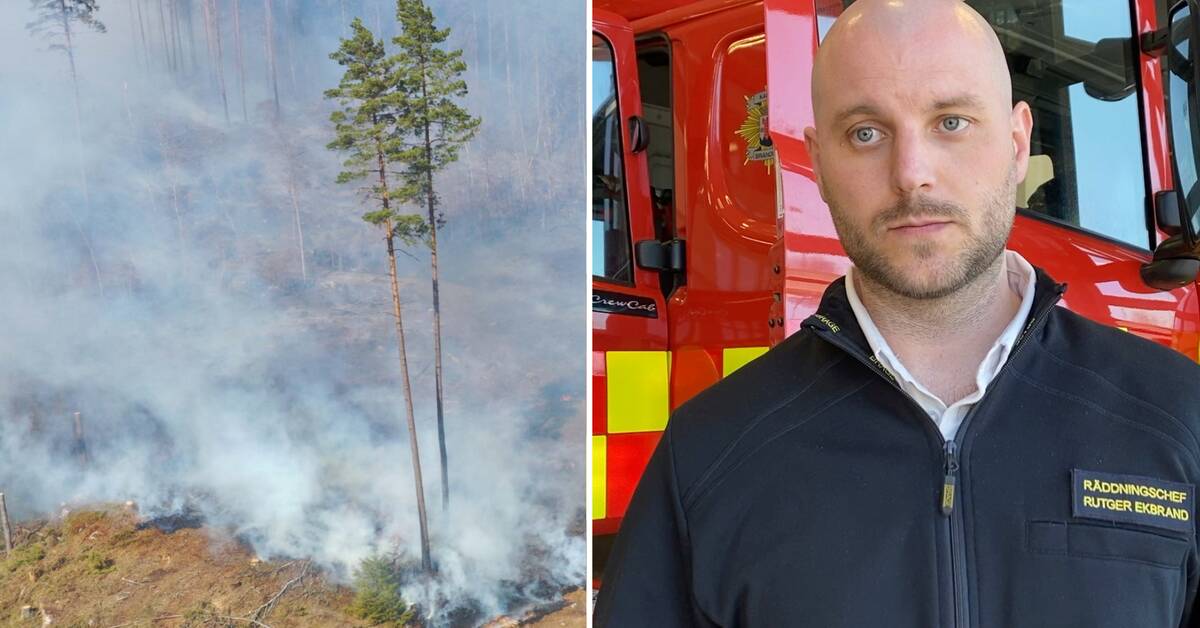"We are now working with much greater strength from the beginning. Now we send as many as possible at an early stage. When we manage to stop the spread fairly quickly, they do not develop into larger fires.
Why didn't you work like that before?
"Forest fires were something that happened very rarely. We weren't as used to dealing with it as other types of fires. We have learned a lot, especially from the summers of 2018, says Rutger Ekbrand.
In the clip lovan, Rutger Ekbrand lists the three most important success factors.
In the summer of 2022, for example, 125 terrain fires were dealt with in Kalmar County and all managed to be fought before they became a regional or national issue.
New organisations since the turn of the year
Since the summer of 2018, all rescue services have joined forces and are working in larger management systems.
This has happened on several levels. At the turn of the year, Räddningstjänst Sydost was formed, a joint rescue association for Borgholm, Emmaboda, Högsby, Kalmar, Mönsterås, Nybro, Oskarshamn and Torsås.
At the turn of the year, Räddningstjänstsamverkan Småland – Blekinge was also formed, an operational management organization for the rescue services in Kalmar, Blekinge, Kronoberg, Jönköping and Östergötland. They can now help each other with resources.
"In smaller organisations, it has been more difficult to have staff on site for a sufficiently long period of time, and it has been difficult to get reinforcement when there have not been ready-made contact routes," says Rutger Ekbrand.

